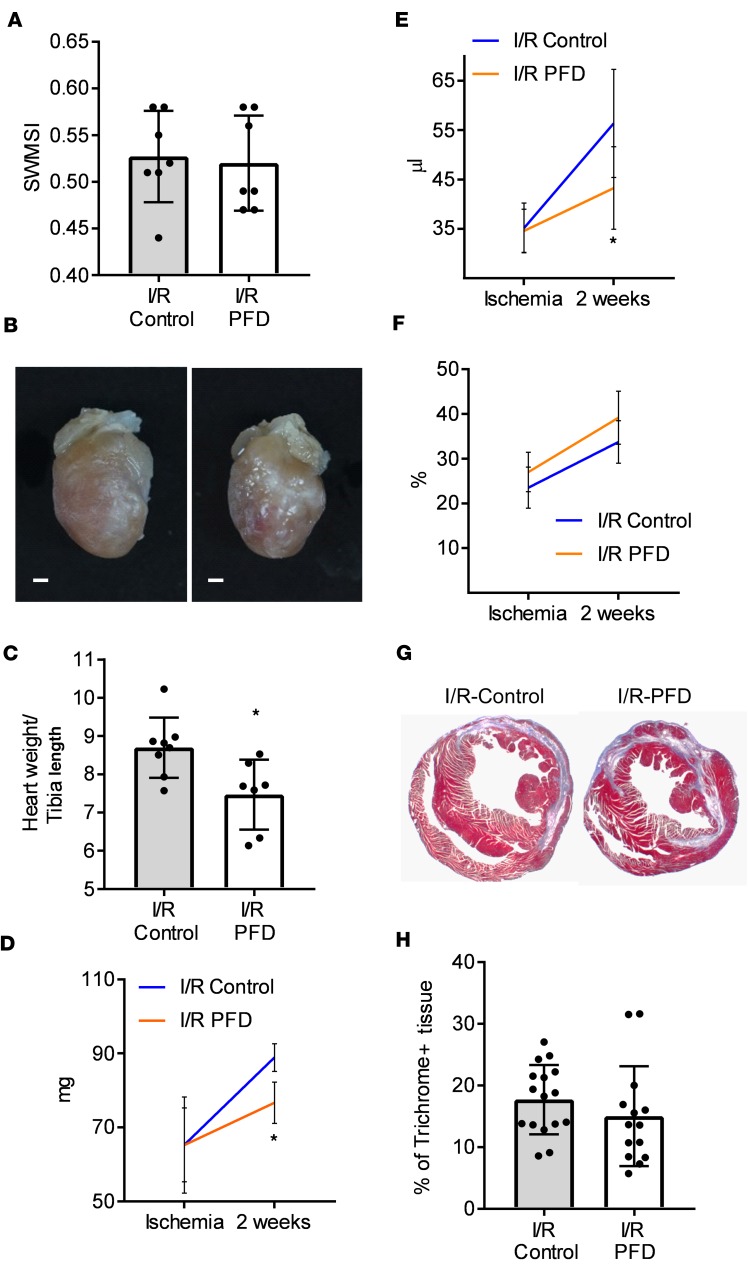Figure 3. Effect of pirfenidone on LV structure and function after closed-chest I/R injury.
Wild-type mice were subjected to 90 minutes of closed-chest ischemia followed by 2 weeks of reperfusion (I/R injury). Mice were fed either chow enriched with pirfenidone or regular chow. (A) Area at risk during closed-chest ischemia as determined by the simplified segmental wall motion score index (SWMSI) at time of ischemia. (B) Representative pictures of hearts harvested from control mice (left) and pirfenidone-treated animals (right) 2 weeks after I/R injury. Scale bar: 1 mm. (C) Gravimetric analysis of hearts harvested from control mice (I/R-control) and pirfenidone-treated animals (I/R-PFD). n = 8 control, n = 7 pirfenidone. (D–F) Echocardiographic assessment of myocardial function at the time of ischemia and 2 weeks after I/R injury. n = 8 I/R-control, n = 7 I/R-PFD. (D) Left ventricular (LV) mass (LVM) by 2-D echocardiography. (E) LV end-diastolic volume (LVEDV). (F) LV ejection fraction (LVEF). (G) Representative trichrome staining of histological sections of hearts from control animals (left panel) and pirfenidone-treated animals (right panel). Original magnification, ×1.25. (H) Quantitative assessment of the percentage trichrome-positive staining, 2 sections analyzed per heart. n = 16 sections I/R-control, n = 14 sections I/R-PFD. *P < 0.05. Bars represent the mean, and error bars represent standard deviation. P values were calculated with Student’s t test.

